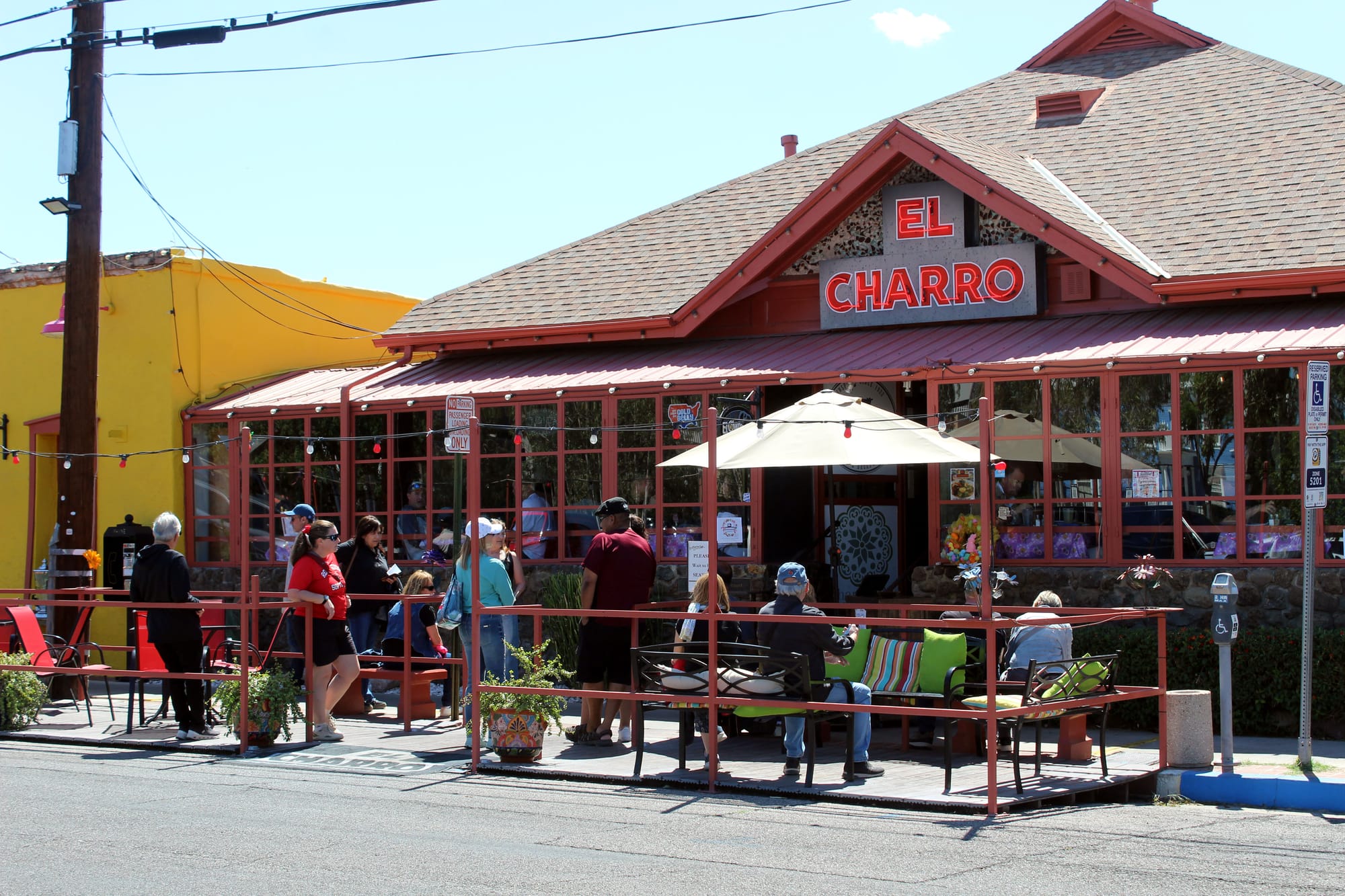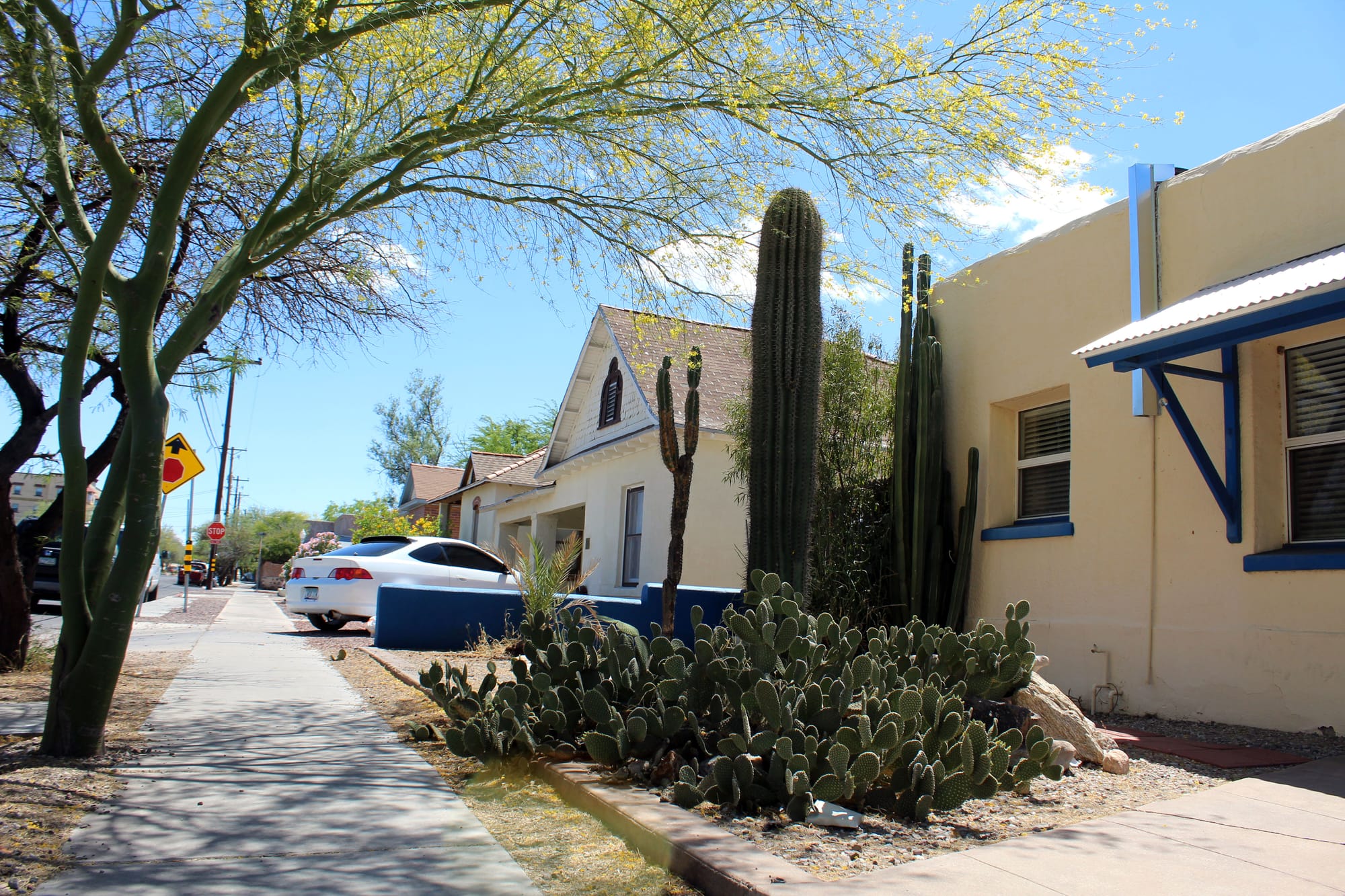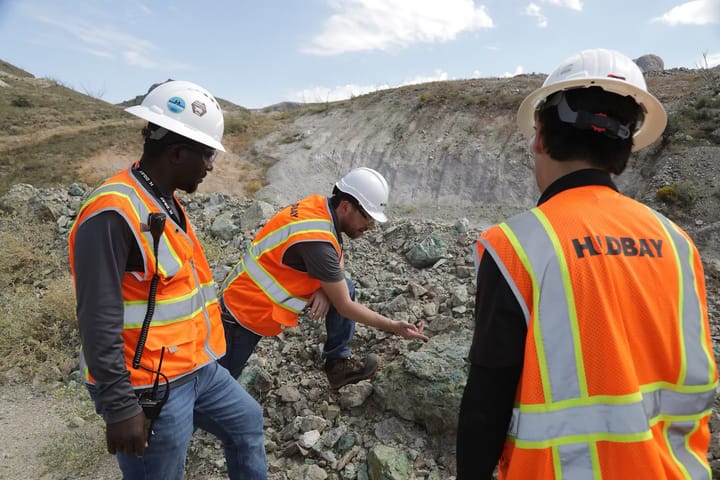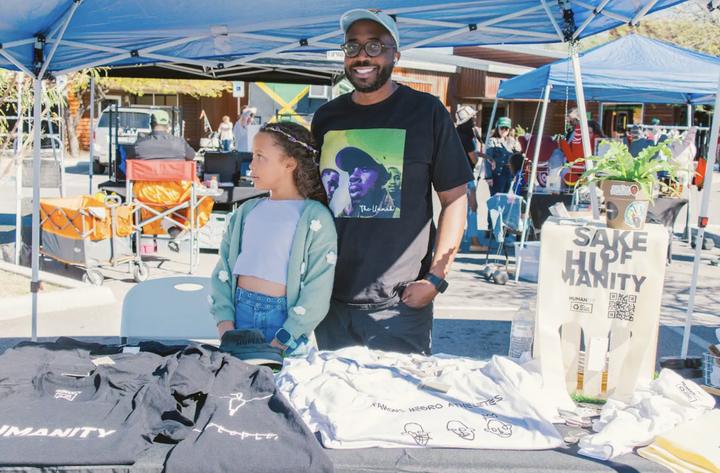Rio Nuevo spurs growth, but locals want balance
Tucson’s Rio Nuevo district has revitalized downtown with new businesses and development, but longtime residents and business owners are calling for more balance and community engagement.

More than 20 years after Tucson voters established the Rio Nuevo tax district to revitalize downtown, the area has transformed into a vibrant hub for restaurants, nightlife and young professionals.
But as the city celebrates new growth, longtime residents and business owners are questioning whether revitalization has come at the cost of balance, inclusivity and neighborhood character.
Rio Nuevo is a tax increment financing district, meaning the group can use sales taxes collected in a designated area to subsidize redevelopment, infrastructure and other projects that bring new businesses to downtown and expand existing ones.
TIFs are intended to finance public infrastructure, create new jobs, raise the tax base and increase sales tax revenue.
“My brother and I grew up riding bikes and having fun as kids in downtown in the ’70s and ’80s before all of the new development,” said longtime restaurateur and Flores Concepts President Ray Flores. “Downtown is where our family legacy traces our roots to nearly 150 years ago.”
Flores Concepts is the parent company of several Tucson restaurants, airport cafes and a catering business. Flores oversees a trio of restaurants in the downtown area, including El Charro, Charro Steak and del Rey, and The Monica.
The family has been an active part of downtown Tucson for more than 100 years, dating back to when Flores’ great-great-aunt opened El Charro in 1922.

While the recent influx of new eateries and nighttime hot spots might seem beneficial for Tucson, Flores has a different perspective.
“I think we need more of a balance,” Flores said. “There are too many types of the same restaurant and too many of the same type of clubs.”
Flores also said the downtown area needs to expand its retail offerings and bring in bookstores, gourmet markets or mini-mart grocery stores, and other places that could cater to families and young adults.
“We are hopeful that despite the changes, downtown remains a place for growth and enjoyment,” Flores said.
The nightclubs, restaurants and other retail stores brought in with the assistance of Rio Nuevo not only impact existing businesses and owners, but also downtown’s historic neighborhoods.
Wedged between downtown and Fourth Avenue, Al Rosen and his wife have lived in the Iron Horse neighborhood for 13 years.
“There’s just a lot of really great energy,” Rosen said, adding that he and his wife love interacting with the younger generation. “The young people coming out of the Junction here and heading over to the tram … it's great just to see that, to be part of that.”
A retiree, Rosen is a frequent visitor of Presta Coffee’s Fourth Avenue and Ninth Street location. He said he thinks it’s important to have places that are tailored to college students and young professionals.
“You kind of need a relief valve in any city, a place where people can just go and hang out,” he said. “But I don’t know if the city wants that.”

Rosen said his concerns with the area aren’t the noise from the Playground or drunk college students, but zoning changes and the overall safety of downtown.
“The city's in the process now of wanting to go through a rezoning that would allow (apartments) to go along major corridors,” he said.
Rosen is worried that through recent changes, like the city’s Community Corridors Tool, developers will be able to move into new areas and build high-rise apartment complexes to fill in the empty space.
The tool was adopted last week by the Tucson City Council and is an update to the zoning code that aims to increase housing opportunities and support more walkable, bikeable and transit-friendly streets. It creates flexibility for developers in exchange for incentives like wider sidewalks or extra building height.
Developers using the tool will be allotted extra building height if they meet certain requirements, such as providing 20% affordable housing, maintaining historic properties or including a mix of commercial uses on the ground floor.
“It's being presented as this is the solution,” Rosen said. “People can't get homes (and) the home market is so expensive.”
While the tool was adopted after a two-year public process that involved stakeholder engagement, community feedback, a public hearing and technical analysis, Rosen wants to see the city get more creative in its problem-solving and seek outside opinion.
“There's no attempt to engage the neighborhoods, like have meetings with the neighborhoods. Let's have a session about ideas that might actually work to make our city even better,” he said.
Rosen said that while there are problems in his neighborhood, it’s still the type of place where he wants to live out the rest of his life.
“These historic neighborhoods are what makes Tucson unique,” he said.
Arilynn Hyatt is a journalism major at the University of Arizona and Tucson Spotlight intern. Contact her at arilynndhyatt@arizona.edu.
Tucson Spotlight is a community-based newsroom that provides paid opportunities for students and rising journalists in Southern Arizona. Please support our work with a paid subscription.




